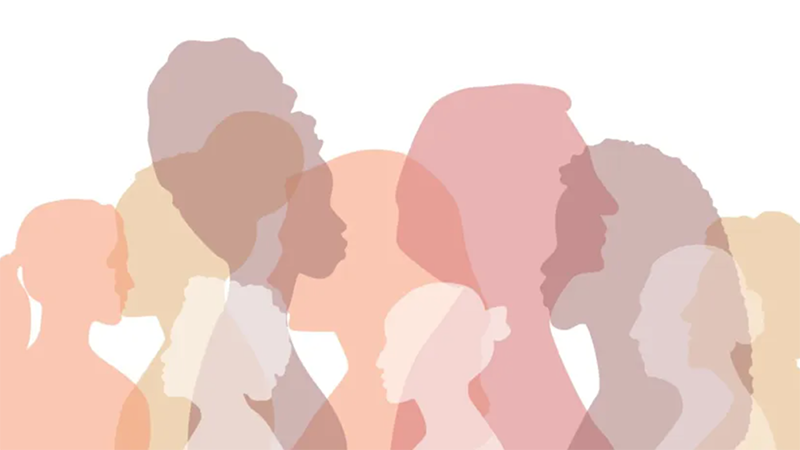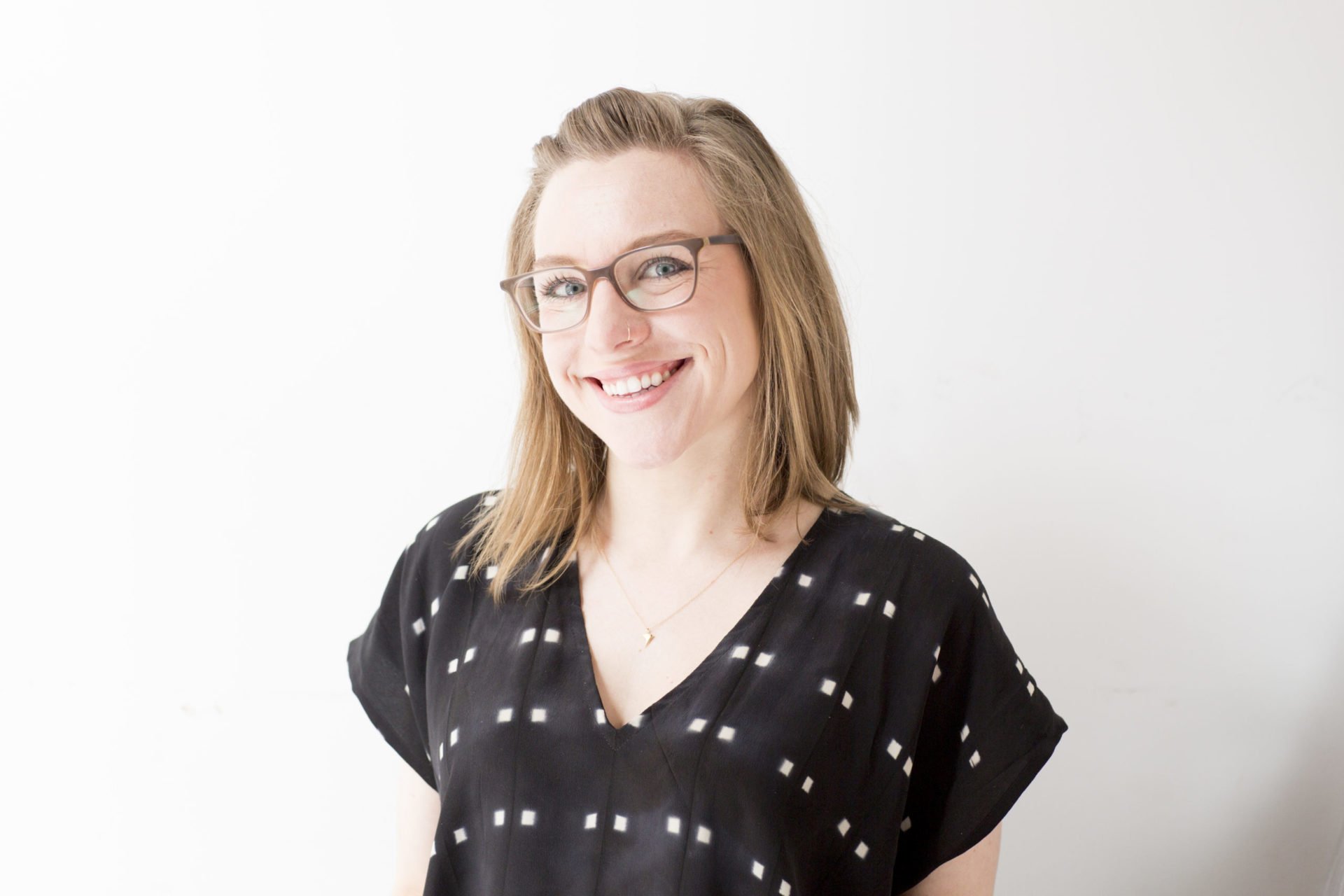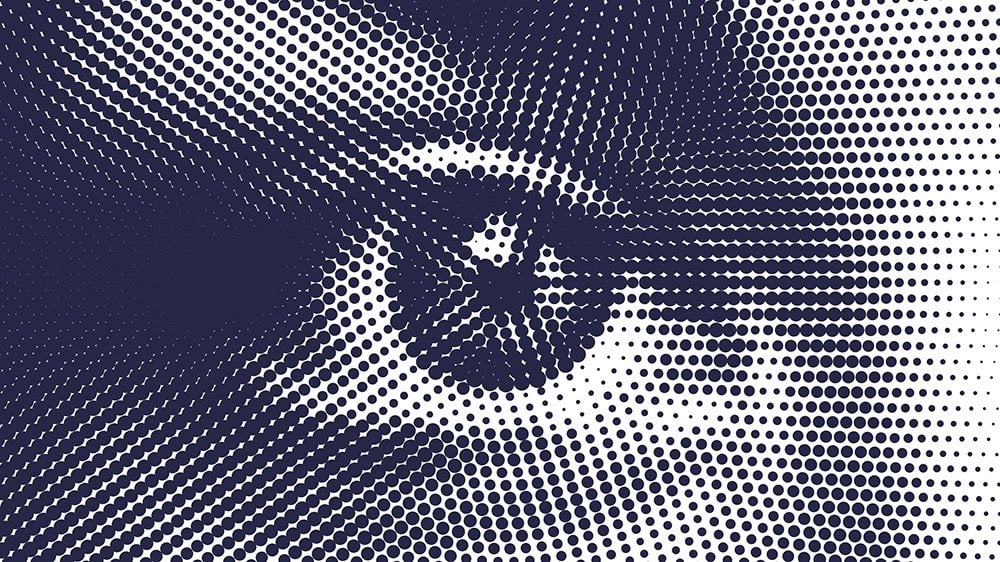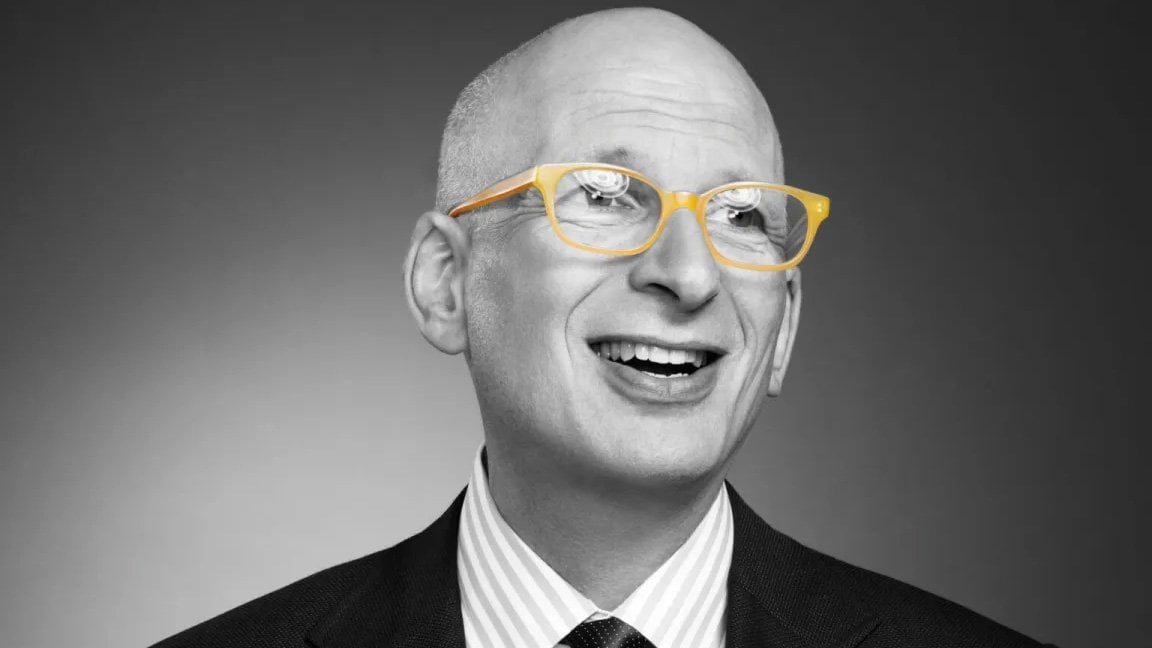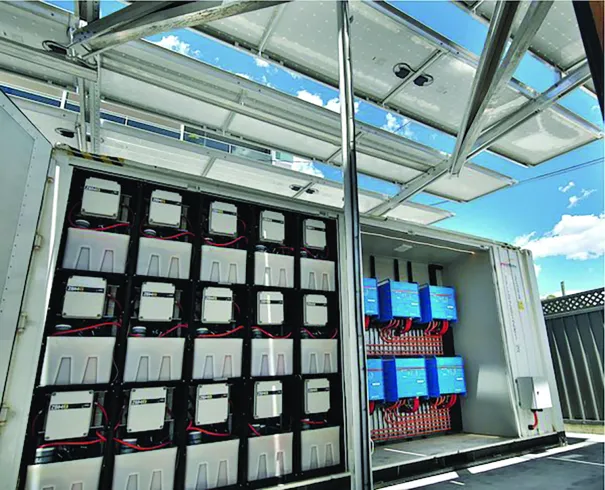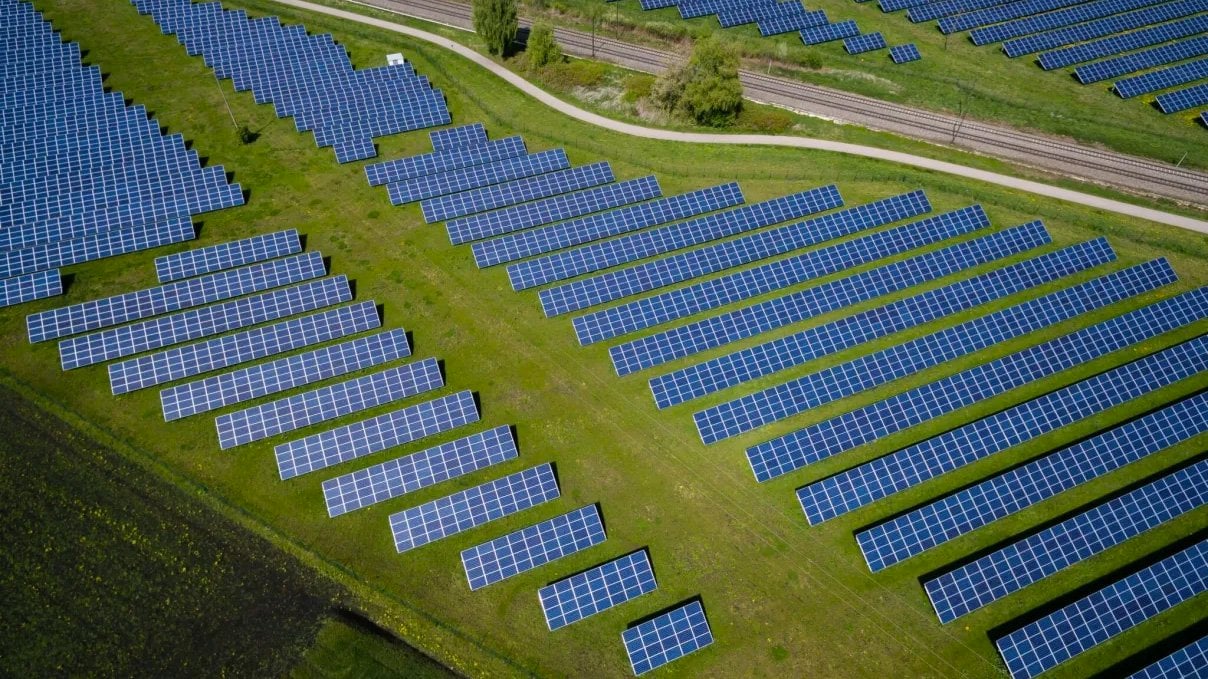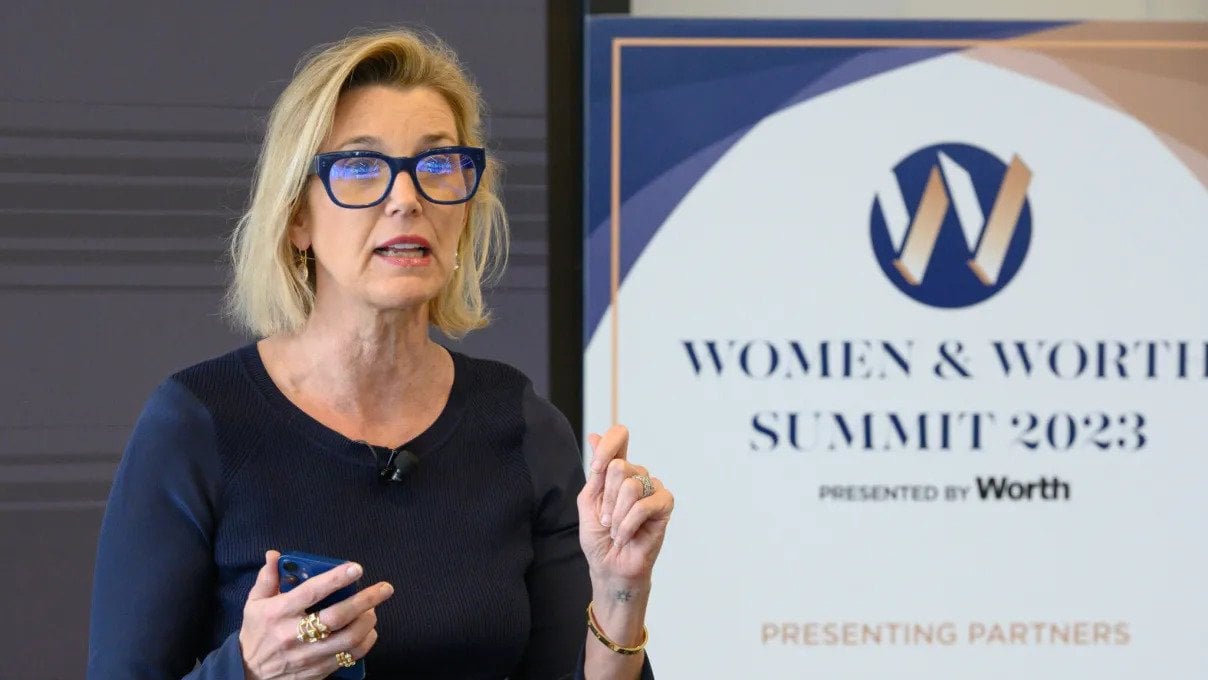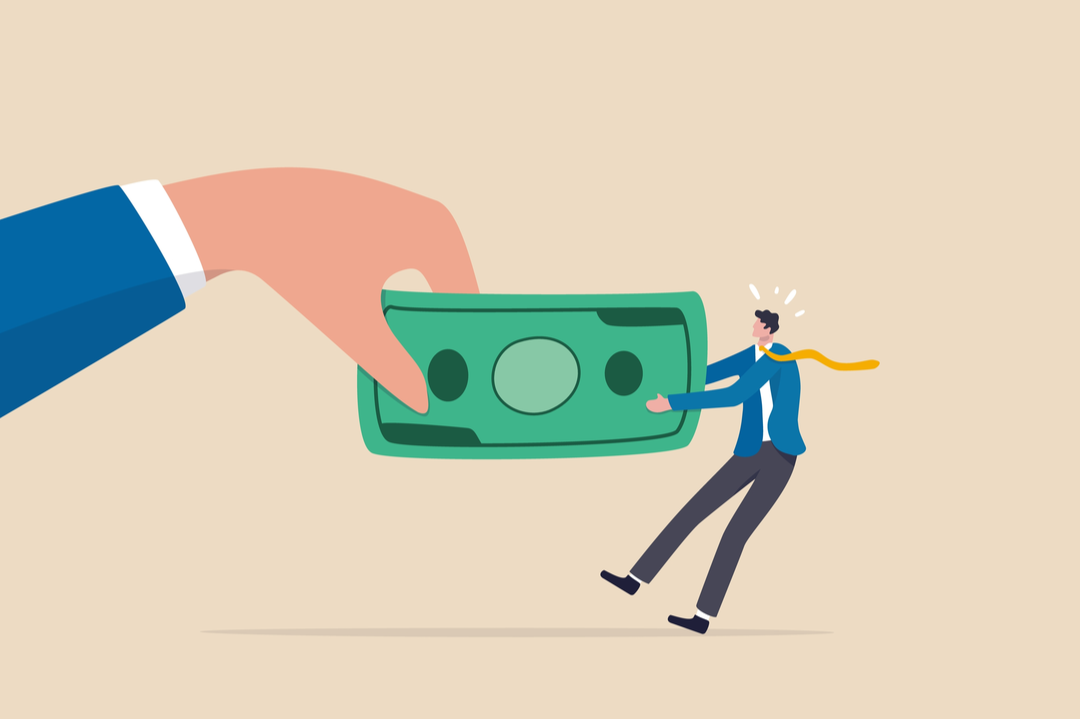At a Techonomy healthcare innovation summit last fall, Ann Garnier, CEO of Lisa Health, forecasted that 2023 will be “the Year of Menopause.” And with the recent flood of high-profile investments and startup launches, her prediction seems to be coming true.
The segment is overdue for attention: fewer than 7 percent of doctors have menopausal care training. Even OB/GYN residents only get a measly two hours of instruction. When surveyed, residents often report that they do not feel comfortable managing menopause upon completion of their program. According to Midi Health, 80 percent of OB/GYNs are untrained in menopause, 75 percent of physicians are uncomfortable talking to patients about menopause symptoms, and 75 percent of women who seek care don’t receive treatment.

Those numbers are a shocking reflection of the lack of treatment women receive, but venture capitalists, health tech companies, and popular culture are finally starting to catch up. According to the Female Founders Fund, menopause is a $600 billion market opportunity that remains largely untapped. The menopause market is valued at an estimated $16 billion, and the investing trend only appears to be increasing. Firms like Sequoia and CVS Health Ventures are predictably playing a prominent role, as are celebrity investors. Startup Evernow recently raised $28.5 million from the so-called “First Circle” of investors, including Gwyneth Paltrow, Cameron Diaz, and Drew Barrymore, who are championing the cause.
Naomi Watts is also a prominent leader in the movement. “I think it’s time to see women in this phase of life or this age group be well represented,” she wrote on Instagram. “We’ve been underserved in media, stories, and marketing for too long.” Watts launched the Inaugural Menopause Symposium with Alisa Volkman of The Swell, and is the founder of the wellness brand Stripes, which she started in partnership with biotech company Amyris.
Garnier said even as a knowledgeable and highly-empowered healthcare consumer, she was caught off guard by menopause. “I was completely blindsided and unprepared. I thought ‘wow, if it’s this hard for me, what is this like for the average woman?’”


In partnership with the Mayo Clinic and SRI International, Lisa Health developed the Midday app, which delivers personalized insights and recommendations using science-backed assessments and symptom tracking. Powered by artificial intelligence and algorithms, the app tracks a user’s progression through each stage of menopause and provides guidance accordingly. When paired with a Fitbit, Midday provides even more individualized options. “Advancements in AI and sensor technology make it possible to unravel the confounding mysteries surrounding menopause and bridge the gap in care,” said Garnier. “It’s imperative that we recognize menopause is a complex life stage fraught with escalating health risks. It is a unique window of opportunity to engage women with non-invasive technology that can deliver relief, restore well-being, and promote healthy aging.”

Beyond the Fitbit, menopause-specific wearables are proliferating. Designed with input from engineers, OB-GYNs, and menopause experts, the Thermaband Zone looks more or less like an Apple Watch. Sensors in the wristband monitor body temperature and produce cool or warm “pulses” to counter the effects of hot flashes and night sweats. The Zone’s health technology scans the user 24/7 to identify their “normal” temperature and can pick up even the smallest changes. Consistent data collection is critical—“the more you use it,” reads their website, “the smarter it gets.” The Zone automatically detects patterns with that data and delivers battery-powered cooling or warming.
The Embr Wave, developed by Boston-based startup Embr Labs, is another watch-type sensor that employs advanced thermal science to counteract temperature swings by cooling or warming the inner wrist. “How would you like to wave today,” asks the Wave’s companion app, where users can choose from different symptom-specific sessions, adjust temperature settings, set timers, track patterns, and customize button functions. Embr Wave has conducted studies with partners including Johnson & Johnson and UC Berkeley and has multiple clinical trials in progress. The device also works through the night and has been shown to improve sleep.

While not a wearable per se, Joylux’s boldly named vFit Gold Device looks less like a watch and more like a vibrator. Designed by OB/GYNs, the personal health device addresses concerns such as incontinence, vaginal dryness, sexual function, and, of course, hot flashes.
The vFit Gold uses red-light photo biomodulation technology and sonic vibration to promote a stronger pelvic floor. Red LED lights in the 662nm wavelength encourage blood flow, while sonic vibration aids in muscle stimulation. (Don’t forget the recommended Photonic Gel.)
ELITONE is another intimate device that provides a non-invasive solution for the common symptom of incontinence. The device can be discreetly worn under clothes, allowing users to treat their symptoms whenever and wherever they choose. The FDA-cleared automatic pelvic floor exerciser consists of an adhesive GelPad operated by a small controller, which, when worn for 20 minutes a day, helps to rebuild muscle tone and improve control.
Wearables aside, increased access to telemedicine has arguably been the most impactful advancement for menopause treatment and support. “It all starts with a conversation,” says Jill Angelo, CEO of Gennev, a platform that connects subscribers to doctors, nutritionists, and health coaches. Prescription support, medical guidance, exercise advice, and mindfulness practices are all delivered virtually. “No woman experiences menopause the same as another, so her ability to receive 1:1 personalized care is well-enabled through telehealth video and text communication.”
Maven Clinic, which offers services through employers like Microsoft (and nearly half of the Fortune 15), recently announced its dedicated Menopause and Ongoing Care platform. The program provides access to 24/7 virtual care, peer communities, and concierge support to members across 175 countries. “The fact that even after seeking help from their provider, almost three out of four menopause patients are left untreated shows that it’s high time for a new approach,” said Dr. Neel Shah, Chief Medical Officer of Maven.
But developing a new approach requires better information. When asked about areas of menopause support and investing that deserve more attention, several experts pointed to the need for more research and science-backed solutions. “Studying the health outcomes related to menopause treatment is vastly underfunded and underserved,” said Gennev’s Jill Angelo. Womaness co-founders Michelle Jacobs and Sally Mueller agree and point out there is scant research and data around perimenopause and menopause despite 51 million women experiencing menopause in the U.S. alone. But they also optimistically note that many emerging menopause brands and technologies revolve around symptom tracking and data collection. They say this is critical because understanding when symptoms begin, how they evolve, and what treatments help will greatly impact future options for care.
Some government officials are working to increase funding for menopause research. Last September, Reps. David McKinley (R-W.Va.) and Cindy Axne (D-Iowa) introduced the “Menopause Research Act,” which would put $100 million into the National Institutes of Health in 2023 and 2024 to research treatments. And earlier this year, New York City Mayor Eric Adams announced an initiative to “dismantle decades of systemic inequity that have negatively impacted the health of women across the five boroughs.” Mayor Adams’ vision includes creating more menopause-friendly workplaces and expanding access to specific treatments.
The need for more treatments, research, and services is clear and thankfully financial backing and public support are mounting. “Every woman will experience this life stage,” said Garnier, “and it’s bordering on criminal neglect that women have suffered for so long in silence and [are] not getting the care and support that they need.” Let’s hope her vision for the Year of Menopause will be just the beginning.

